On July 12, 2024, students across Bangladesh continued their widespread protests demanding reforms to the government job quota system, undeterred by weekend holidays or warnings from the authorities.
The demonstrations, organized under the banner of the Anti-Discrimination Student Movement, intensified following a violent police crackdown the previous day that left at least 50 students injured in various parts of the country.
The movement, which had been gaining momentum since the beginning of July, reached a critical point after police used batons, tear gas, and blank shots on July 11 to disperse protesters who were blocking highways and railways.
Despite this, students poured back into the streets the following day, staging processions, rallies, and human chains in cities and districts nationwide.
In Dhaka, students of Dhaka University marched from the Central Library to the busy Shahbagh intersection around 5:00 pm, occupying the area for over an hour.
Joined later by students from Dhaka College, they raised slogans against police violence and the perceived injustices of the quota system. Earlier in the day, a protest rally was held on the DU campus where leaders condemned the assault on students.
Speaking at the rally, coordinator Abu Baker Mojumder announced plans for simultaneous online and offline delegate conferences across universities, colleges, and all 64 districts to determine the movement’s next phase.
He also declared that a press conference would be held the following evening to announce further steps.
Elsewhere in the capital, students of Jagannath University took to the streets, while Jahangirnagar University students in Savar organized a torch procession in the evening.
Similar demonstrations erupted across the country. In Rajshahi, students of Rajshahi University, RUET, and Rajshahi Medical College blocked the Dhaka–Rajshahi railway line.
In Chattogram, a large protest march began from the Sholoshohor railway station and proceeded through several major intersections before ending at Almas.
Students in Rangpur, Cumilla, Mymensingh, Nilphamari, Kushtia, Gopalganj, Bogura, and Noakhali also held rallies, human chains, and protest marches. In Manikganj, attempts to form a human chain at Government Debendra College were reportedly obstructed by activists from the ruling party’s student wing, Chhatra League.
Despite the growing public support for the students’ cause, the government responded with stern warnings. That night, a case was filed at Shahbagh Police Station accusing the demonstrators of vandalism and attacking police officers during the protests. The government also took a confrontational tone.
Then-Law Minister Anisul Huq suggested that elements behind Bangladesh’s historical tragedies may be influencing the protests.
He expressed hope that students would heed the Supreme Court’s directives on the quota issue, but warned of government action if the movement continued.
Awami League General Secretary Obaidul Quader echoed similar sentiments, alleging that the movement had been infiltrated by anti-liberation forces.
Dhaka Metropolitan Police Commissioner Habibur Rahman also cautioned that legal action would follow if law and order were disrupted in the name of protest.
The events of July 12 underscored the determination of Bangladesh’s student community to press ahead with their demand for rational quota reform, despite physical threats, legal consequences, and political allegations.
The day also highlighted the growing public scrutiny on how the government would respond to a movement rooted in calls for equality and meritocracy in public recruitment.


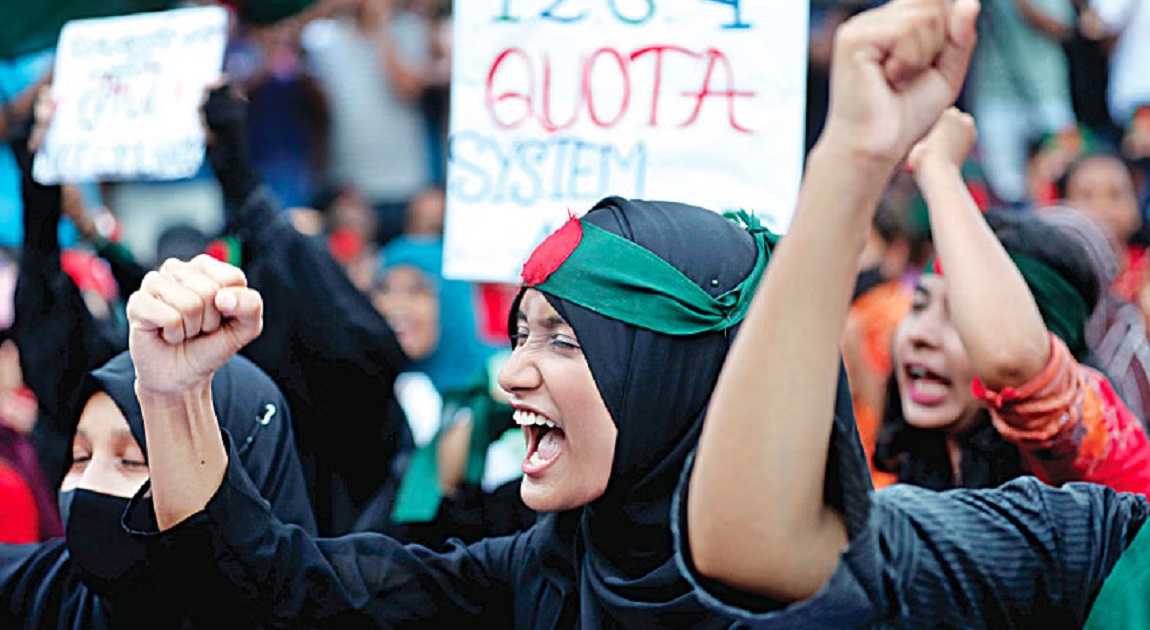

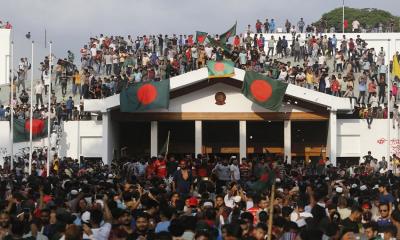
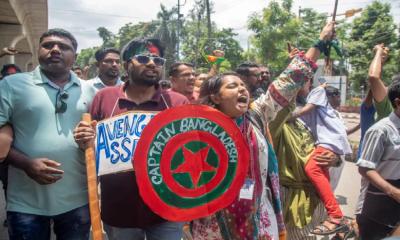
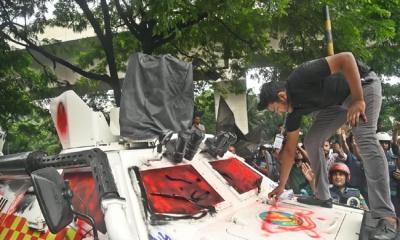
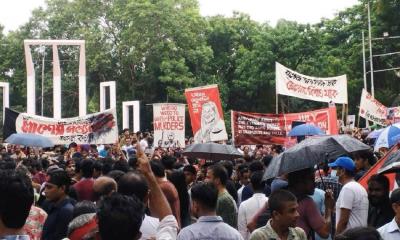
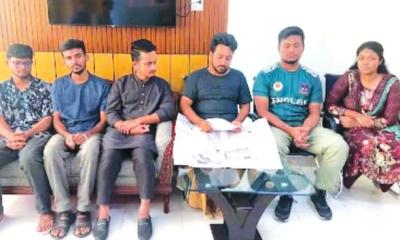
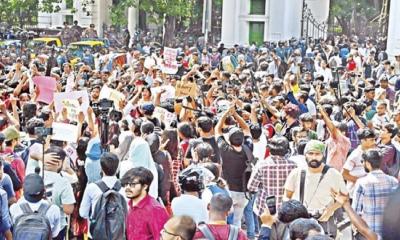
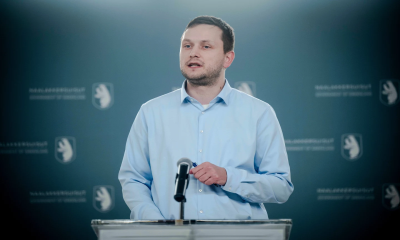
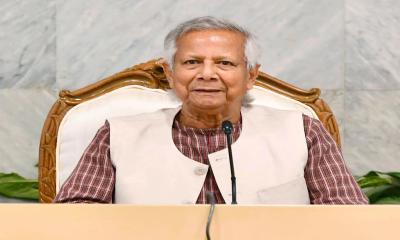
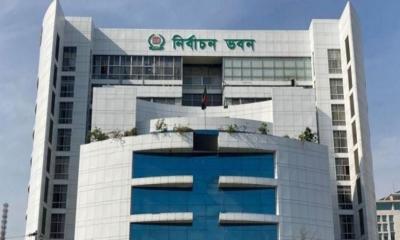
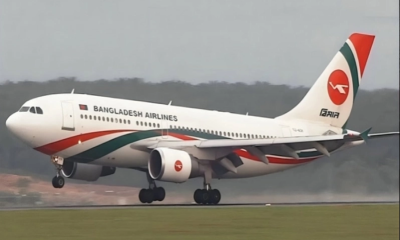
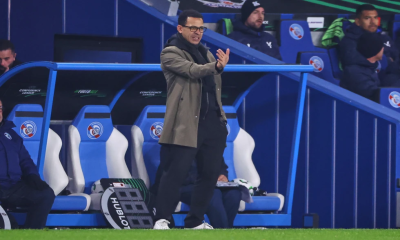
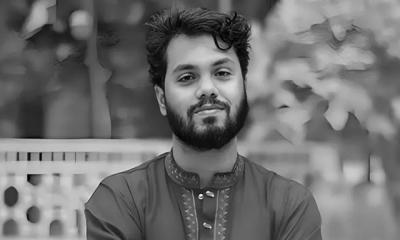

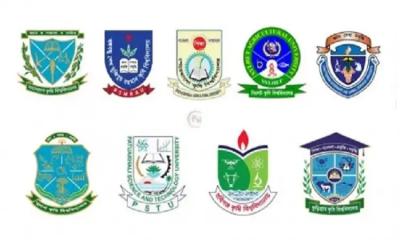
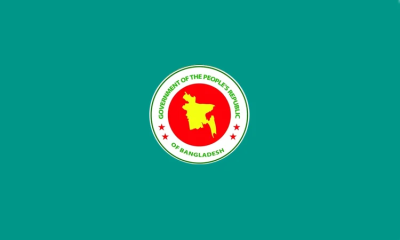
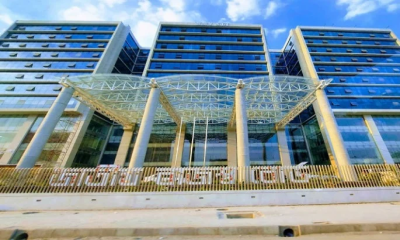
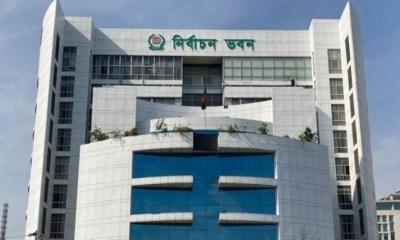
-20260106082251.webp)
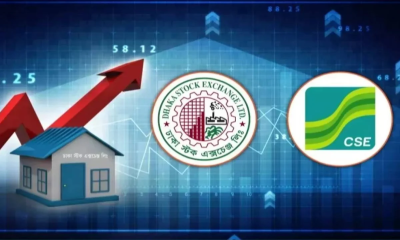
-20260106073954.webp)
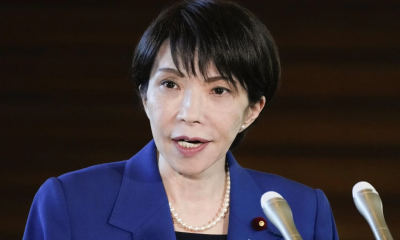

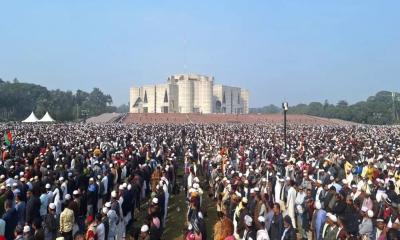
-(2)-20260102070806.jpeg)
-(25)-20251122062715-20260105041159.jpeg)
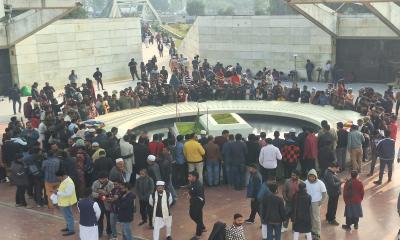

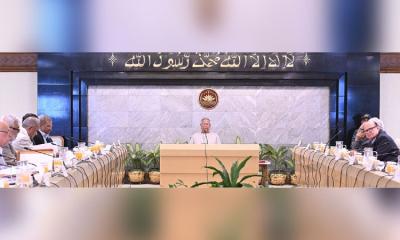
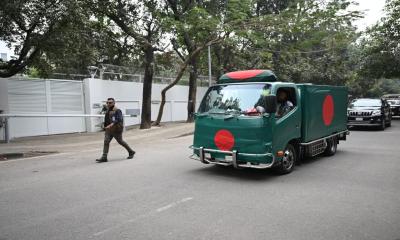
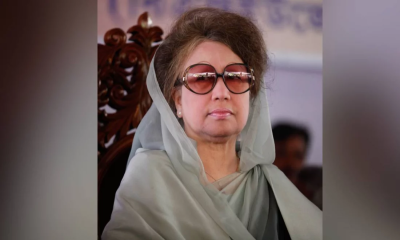
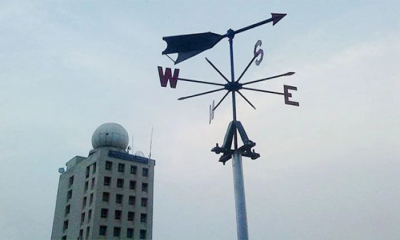
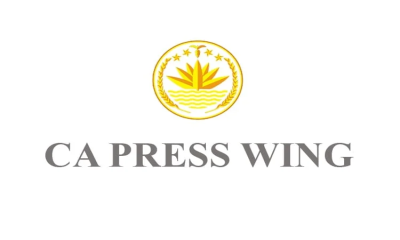
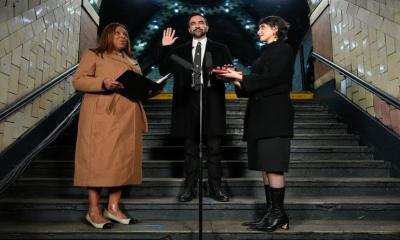
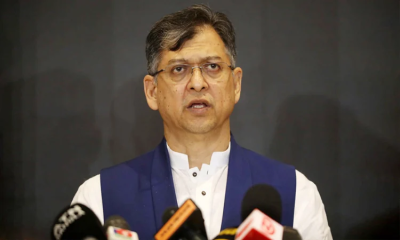
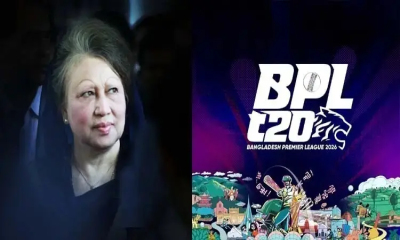
-20260103102222.webp)